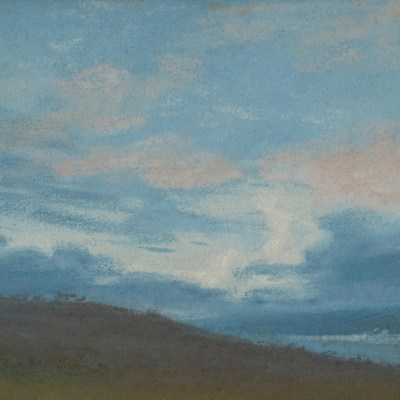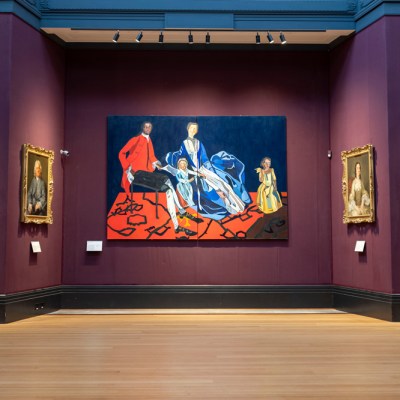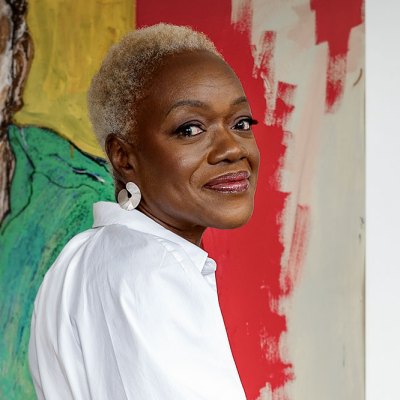From the June 2024 issue of Apollo. Preview and subscribe here.
It seems surprising, on the face of it, that the Barber Institute – one of the most remarkable fine art collections of its size in the UK – was the brainchild of Lady Barber (1869–1933). The widow of the property magnate and lawyer Henry Barber (1860–1927), Hattie Barber had no reputation as a patron of the arts; no particular hunger to sample the great museums outside the UK; and, besides some impressive textile works and a smattering of portraits of herself, no personal art collection to speak of. But in 1932, the year before her death, she wrote to Gilbert Barling, the pro-chancellor of the University of Birmingham, about her intention to ‘build, equip and endow, and present to the University […] an Art Museum or Gallery’.
Keen to create an institution dedicated to ‘the study and encouragement of art and music’, Lady Barber had a deed drawn up for the foundation of a trust, created to acquire works made before 1899. And not just any old works: each purchase had to be ‘of that standard of quality as required by the National Gallery and the Wallace Collection’. Unlike at the Courtauld Institute, which was also founded in 1932, no gifts or bequests would be permitted – for Lady Barber, only targeted acquisitions would do. This may seem an unusually lofty and specific ambition for someone who had neither a formal grounding in fine art nor a tendency to patronise or collect it. But as any believer in nominative determinism would tell you, it should come as no surprise that a woman whose maiden name was Onions should prove so sharp and so layered.
Lady Barber did not live to see the opening of the Institute in 1939, but she may have been glad to learn of the esteem in which the Barber’s collection is held. That collection is displayed in a Grade I-listed building on the campus of the University of Birmingham, a 15-minute drive from the city centre. And though the phrase ‘multi-disciplinary arts space’ would never have left Lady Barber’s lips, that is essentially the idea she had in mind. At the heart of the ground floor, along with libraries, offices and the obligatory shop, is a large art deco concert hall, sunken unobtrusively beneath floor level and frequently used for chamber concerts and recitals. Up a U-shaped travertine staircase, which is topped and tailed by two Rodin statues, are the galleries: four principal ones for paintings, bays that house works on paper, a temporary exhibition space and a coin room, which contains one of the largest collections of Byzantine coins in the world, third only to Harvard and Princeton.
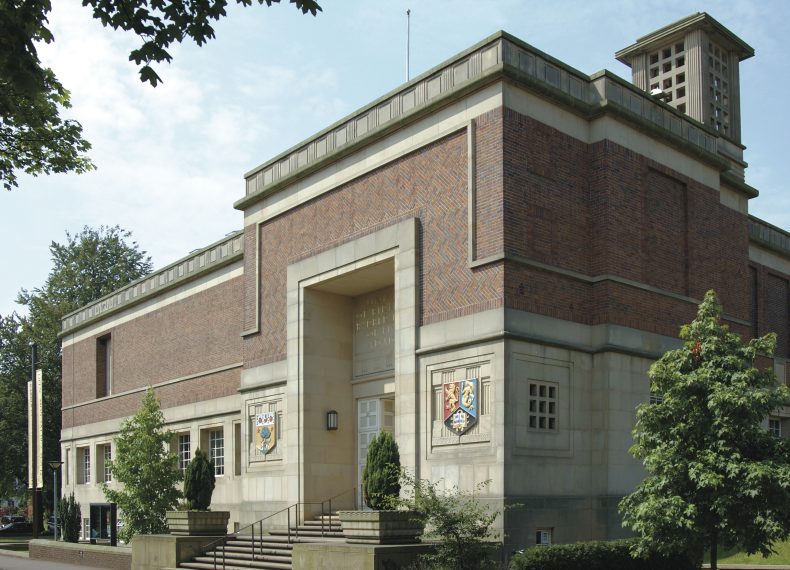
The gallery’s profile has risen steadily since the 1930s, particularly after Richard Verdi – the professor who founded the University of Birmingham’s art history department – took over as director in 1990. Before his tenure began, visitor numbers to the galleries reputedly hovered around 3,000 a year. By 2018, thanks largely to the efforts of the charismatic Verdi and his successors as director, Ann Sumner and Nicola Kalinsky, to open up the collection to the wider public, that number had risen to more than 69,000.
As with many other museums and galleries in Britain, the Barber has struggled to attract anywhere near these numbers since the Covid-19 pandemic. Given its remove from the city centre, it cannot easily rely on passing trade beyond students and faculty staff. Getting visitors streaming in again is high on the priority list for the current director, Jennifer Powell. She arrived in January 2023, following Kalinsky’s retirement after 10 years at the top, from the Royal Academy of Arts in London, where she had served as curator of painting and sculpture. In October, the Institute closed for the first phase of a £10m refurbishment project. When it reopens later this month – to welcome visitors until February 2025, at which point work will begin on the second, more comprehensive phase – seasoned patrons will notice, among various crucial but essentially cosmetic changes, a rehang of the first main gallery on the first floor.
Redisplaying a room that is dedicated to pre-1600 works heavy on Christian iconography takes some thinking when your aim is to make it accessible to the residents of Birmingham, one of the most ethnically diverse communities in Britain. ‘The walkthrough is a Western European narrative, with many gaps and problems,’ Powell tells me as we amble through the galleries ahead of the reopening. ‘For a long time the Barber’s collecting was done in a purist “connoisseurial” way. The fact that there seems to be one single lens here is quite problematic – and the way it presents the idea of “masterpieces”, with that very male sense.’
At the Barber, that very male sense can be hard to escape. Only four of the paintings in a 152-strong collection are by women. The first of these to have been acquired remains by some distance the most memorable: a startlingly direct portrait of the Countess Golovina, all smiling candour, by Élisabeth Vigée Le Brun (1797/1800). It was purchased by Hamish Miles, the Institute’s third director, in 1980. Works on paper aside, the three successive women directors have not acquired many more pieces by women between them. Kalinsky made some headway here – one of the last works she purchased was Maria Tassaert’s Still Life with a Garland of Fruit (c. 1660s), with its rutilant cherries and luminous grapes – but Powell sees lifting that torch as a key part of her mission. ‘We need to go further,’ she says, a note of urgency in her voice. ‘We have to move that forward.’
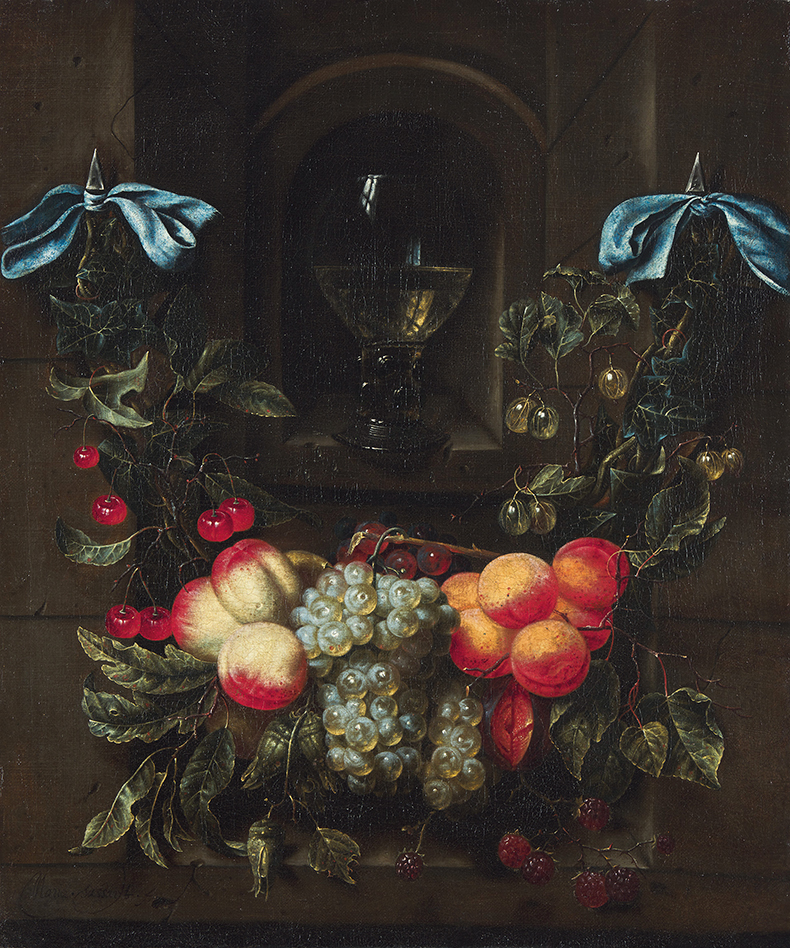
A canny way of doing this, for an institution that is in some ways limited by the biases of its own collection, is through temporary exhibitions. The gallery’s reopening in June will feature an exhibition of new work by Claudette Johnson. It is only the second solo show by a woman in the Barber’s history – following a Tess Jaray exhibition in 2019 – and the first by a person of colour.
What’s more, it will be accompanied by a soundscape specially designed by Trevor Mathison, a neat way of honouring Lady Barber’s wish for art and music to coexist. ‘It’s the first step towards a programme that should be more diverse in what it’s doing,’ Powell tells me. ‘I think sometimes there’s a bit of a fear to make a first step, but you have to take that step. We’re really excited about Claudette’s work, especially given that one of the things she’s trying to do is foreground the Black figure, particularly Black women, and the absence of such figures within the Western canon – a canon the Barber gallery embodies.’
The Barber is not the only gallery to be asking such questions, as Powell is well aware. She cites the Royal Academy, whose Marina Abramovic show last year marked the first time the institution’s main galleries had hosted a solo exhibition by a woman. But I’m reminded more of the Fitzwilliam Museum in Cambridge, which, like the Barber, is a university museum striving to stay relevant by staging particular temporary exhibitions (notably last year’s ‘Black Atlantic: Power, People, Resistance’) and rehanging work. Its latest overhaul, unveiled in mid March, saw its paintings redisplayed on purely thematic grounds across five galleries.
The Barber is taking a similar approach in a more circumspect fashion. Up until now, the painting galleries have been ordered almost entirely chronologically. But the Green Gallery, the one area being rehung in time for this month’s reopening, will see its works regrouped around five themes: ‘Devotion’, ‘Identity’, ‘Motherhood’, ‘Classical Interiors’ and ‘Venetian Masters’. The works in ‘Devotion’, which date from before 1600, will be joined by an interloper: Odilon Redon’s The Crucifixion, a painting from c. 1904 whose Symbolist approach, in feverish shades of vermilion, should make for piquant juxtapositions with versions of the same subject made half a millennium ago.
‘You have to start with what you have,’ Robert Wenley, deputy director of collections and research, tells me during a chat in one of the Barber’s ground-floor offices. ‘The works dictate the themes.’ He is forthright about what the Barber can and can’t do. ‘We’re not a multi-disciplinary museum like, say, the Ashmolean or the Fitzwilliam. The coin collection apart, we are essentially a collection of Western European fine art. So that gives us a very clear focus. But it also means we’re restricted in the narratives we can cover because we don’t currently have works of art from other cultures that would enable those dialogues. Our character is more of a gallery than of a museum, I suppose.’
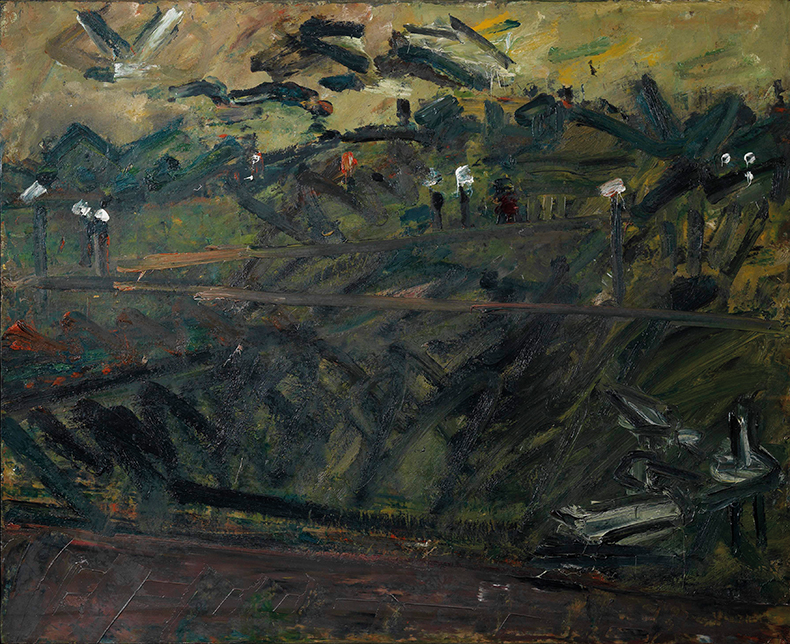
The rehang of the Green Gallery is intended as a pilot scheme for the other rooms, which will be rethought during the phase of renovations that begins next February and is due to finish in 2026. If visitors like the new hang – their feedback will be carefully collected – a similar approach will be adopted in some of the other galleries, including the Red Gallery, which is dedicated to 17th-century art. Even here, though, there are limitations. ‘The Red Gallery has some very large works,’ Wenley says, ‘so you can’t just sort of bung them around. They’re anchor points, and inevitably focal points of any grouping. Each gallery might not necessarily have the same pattern of grouping – you might have a landscape section, or a Biblical section, or a portrait section, or something simple like that.’
This isn’t to say that lively hangings weren’t already in play. The most recently completed painting in the Barber’s collection, a dark-hued, barely figurative oil-on-board rendering of Primrose Hill in winter by Frank Auerbach (1981–82), carries surprising echoes of Peter Paul Rubens’ chromatically muted Landscape in Flanders (c. 1636), which hangs nearby. But such juxtapositions come more easily to larger galleries with deeper collections. Given the Barber’s modestly sized but remarkably rich set of paintings, perhaps letting the works speak for themselves, with the lightest of curatorial touches, is the best way forward.
‘I like a certain amount of chronology,’ Wenley says. ‘It’s useful for visitors; it provides them a structure to work with. If it’s purely thematic, there’s the danger that people don’t have any coordinates. It might be stimulating in one way, but it’s difficult.’
All university museums see their remit in some sense as serving the public, but the Barber’s keenness to engage the local community makes particular sense in light of where its money has come from. Lady Barber’s fund was built on proceeds that flowed from her husband’s substantial holdings as a Birmingham landlord: he is said to have built and rented out 5,000 properties in the city’s suburbs. These holdings continue in some form today: between 2022–23, the trust reaped £433,900 from its investments in property – which, minus the costs of administering the properties, equates to £389,100 for the coffers of the charitable fund. Whether they know it or not, the residents of Birmingham have always been major investors in the Barber Institute.

Being funded by a trust gives the Barber certain advantages over its council-funded peers in the city. Ikon Gallery, the city’s leading contemporary art space, and Birmingham Museum and Art Gallery, which is known for its impressive holding of Victorian (particularly Pre-Raphaelite) artworks, are no strangers to austerity: Ikon’s annual funding from Birmingham City Council fell from £300,000 in 2o12 to less than £20,000 for 2023–24. But in February of this year, months after the council declared itself effectively bankrupt in the wake of an equal pay claim worth £760m (an amount some have since alleged was wildly overstated), the council announced that it would be axing its entire arts budget by 2026.
This has knock-on effects even for institutions like the Barber, which is not reliant on council funding but does draw money from external trusts and foundations. ‘As government and council funding is cut, the competition for those smaller pots of money increases,’ Powell says. She continues, ‘A lot of arts charities will simply cease,’ citing the Foyle Foundation – an independent grant-giving trust that will be ending its funding rounds next year, after 25 years of disbursing money to arts charities and schools.
Still, of all the galleries in Birmingham, the Barber appears to be sitting pretty. Its costly renovation is being paid for entirely by the university, and according to the trustees’ report filed with the Charity Commission in April, the Barber Trust’s General Fund is looking healthy, with reserves of more than £2.6m – far more than the charity’s minimum target of £500,000 ‘to meet any unforeseen expenditure’, ‘to enable it to meet its funding commitments, regardless of an uneven income stream’ and ‘to fund major acquisitions of works of art’. The trust may have been founded on property money, but a far larger chunk of its wealth now is in the form of investments, which currently total more than £47m and are almost all channelled through a ‘sustainable’ fund designed for charities and managed by Cazenove Capital.
So is the Barber being parsimonious when it comes to acquiring new artworks? Besides two small self-portraits on paper by the Swedish-German artist Lotte Laserstein, the Institute hasn’t acquired any works since Powell took over; in the year ending July 2023, it acquired only three. What explains this – the time-consuming capital project, or simply a lack of appealing items on the market? ‘It’s the right work not having arisen,’ Powell replies. ‘It’s not about rushing to acquire something just because it feels like we should have acquired something in this year. It’s about taking a longer view.’

There is also the question of space. The Barber prides itself on displaying as much of its collection as possible and has only so much room. The ongoing renovation is not intended to create much more display space, so it’s unlikely the Barber is going to see an expansion any time soon on the scale of, say, the Whitworth in Manchester (also a university museum), which doubled its public space in 2015. Of the 150-odd paintings the Barber owns, there are already at least 105 on show at any given time, plus around 10 more out on loan. A few works are not yet in good enough condition for display, and the attributions of a further 10 or so have been degraded significantly over the years.
Luckily for the Barber, attribution never sleeps. A ‘Goya’ acquired in 1940 that turned out to be fake spent decades hidden away in shame, until it transpired that this portrait of an older woman sitter was most likely by José Campeche y Jordán, the most accomplished artist in 18th-century Puerto Rico. It went on to be triumphantly rehung in 2021. This is one of the many twists in the Barber’s history that Lady Barber could never have foreseen. Perhaps she would not have looked kindly upon the Institute’s greater openness, since the 1960s, to art made since the turn of the 19th century, or the huge Byzantine coin collection donated to the Institute in 1967. But like all museums, the Barber needs to adapt. That it has done so with such adroitness while remaining faithful to its founding principles is worth recognising at a time when, more than ever, arts organisations in the UK need a clear sense of purpose to survive.
The Barber Institute of Fine Arts, Birmingham, reopens on 22 June.
From the June 2024 issue of Apollo. Preview and subscribe here.
